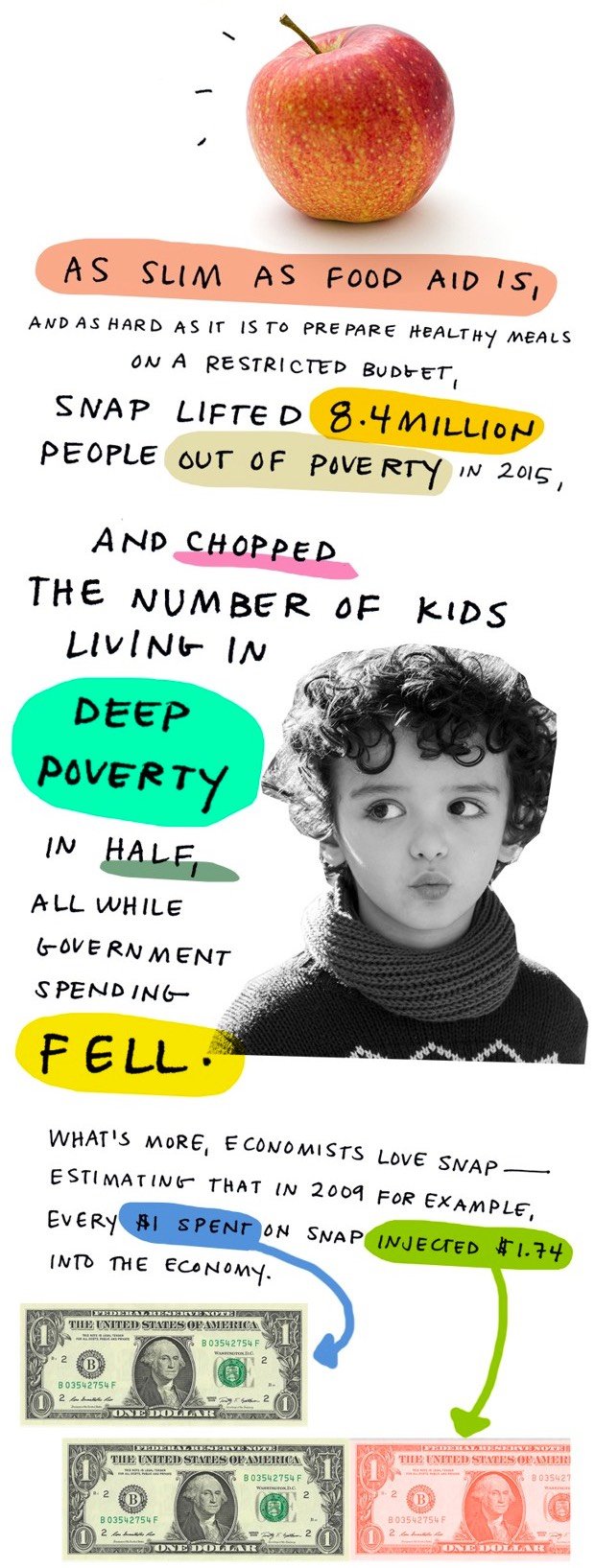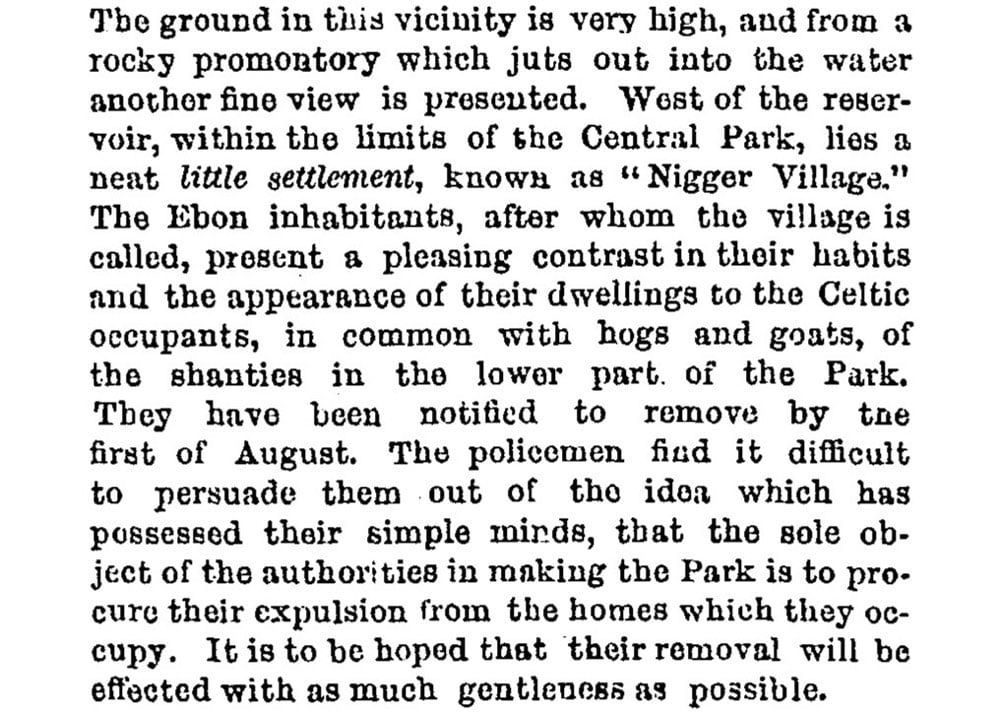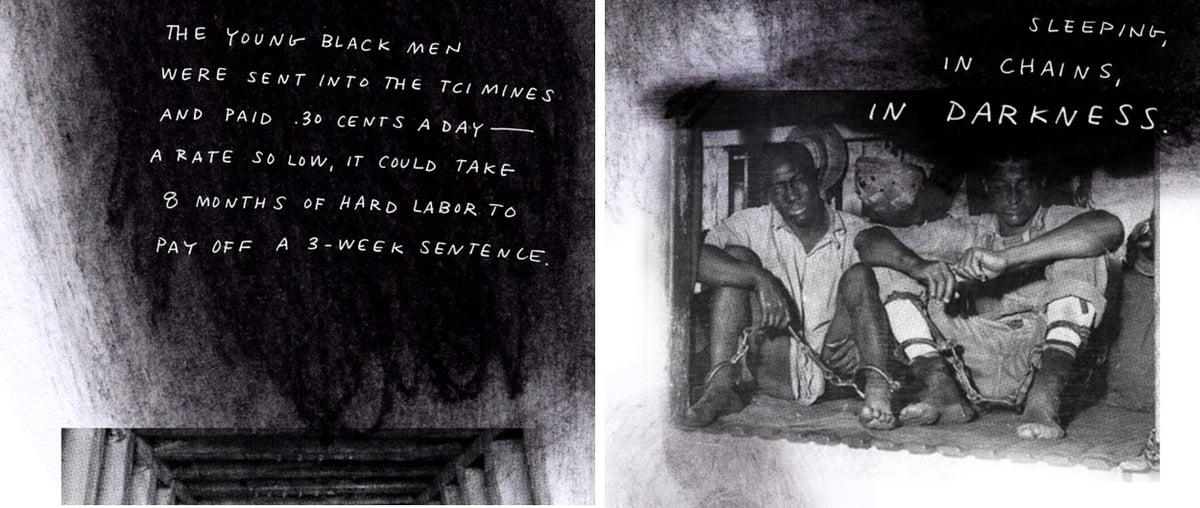kottke.org posts about Ariel Aberg-Riger
From CityLab visual storyteller Ariel Aberg-Riger, How the Other Half Eats, a look at the myths surrounding welfare and how food aid (in the form of SNAP) works in the US.

And don’t skip the extensive list of sources and recommended reading at the end of the piece…lots to dig into there.
In response to unrest and riots in urban areas across the US in the mid-to-late 1960s, President Lyndon Johnson formed a commission to find out why it was happening. As Ariel Aberg-Riger’s illustrated piece relates, the resulting report, the Report of the National Advisory Commission on Civil Disorders (more commonly known as the Kerner Report), was blunt in its conclusions: “Our Nation is moving toward two societies, one black, one white — separate and unequal.”

Dr. Martin Luther King, Jr. endorsed the report, calling it “a physician’s warning of approaching death, with a prescription for life”. You can read the entire report here (or just the summary…it’s 13 pages long) and more on its impact (or lack thereof) at the NY Times, Smithsonian Magazine, and The Atlantic.

Written and illustrated by Ariel Aberg-Riger, The City Needed Them Out tells the story of Seneca Village, a predominantly black NYC neighborhood destroyed in the 1850s to make way for Central Park. This article in the NY Times from July 9, 1856 expressed the city’s sentiment about the village and its inhabitants.


From Ariel Aberg-Riger, a visual story for CityLab’s series on power about how, for decades, Alabama purposely imprisoned young black men on trumped-up charges in order to rent them out as de facto slaves to the Tennessee Coal, Iron, and Railroad Company, which grew fat on the cheap, coerced labor.
TCI, as it was known — was wildly profitable. Period accounts attribute the company’s booming success to the “sage” “energetic” “accomplished” entrepreneurial white developers of “intrepidity and public spirit” who capitalized upon the “admirable richness of the coal flora of Alabama.” But the true key to TCI’s “profits” lay in a deadly contract the company managed to negotiate with the state of Alabama in 1888.
(thx, david)










Stay Connected